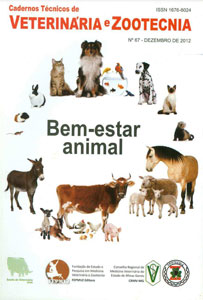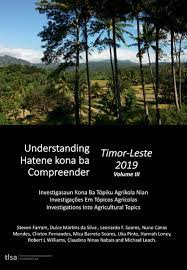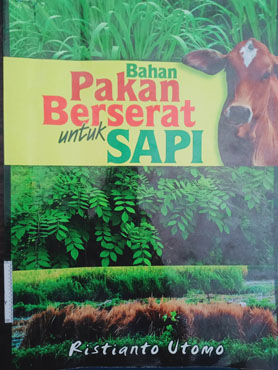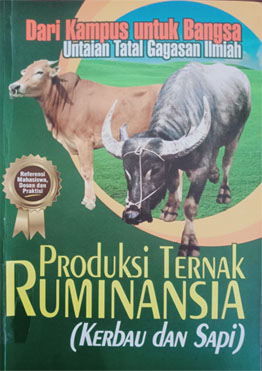Login
login Bones are frequently encountered in both archaeological and forensic contexts. In either situation it is critical that human remains are differentiated from non-human remains. In the realm of forensic investigations, this is usually the final determination. In the archaeo logical context, greater precision in identification may be warranted in order to draw con clusions about ancient diets, animal husbandry and hunting practices, and environmental reconstructions. This photographic atlas is designed to assist the archaeologist or forensic scientist (primarily zooarchaeologists and forensic anthropologists) in the recognition of various species that are commonly encountered in both contexts. Obviously the ability to differentiate between the bones of various species (let alone simply human vs non-human
bones) is dependent upon the training of the analyst, but good reference material is also essential. While there are books dedicated to human osteology and books that focus on animal osteology, there is really nothing that brings the two together. It is our intent to fill this void with the compilation of photographs presented in this atlas. Greater attention is given to the postcranial remains, which are presented in standard anatomical orientations.
In addition, "non-tradit ional" photographs of the various non-human species are also included in an attempt to bring together both anatomical and artistic images. For this atlas, the large, non-human mammals include: horse (Equus cabal/us), cow (Bos taurus), black bear (Ursus americanus), white-tail deer (Odocoileus virginianus), pig (Sus scrofa), goat (Capra hircus), sheep (Ovis aries), and dog (Canis familiaris). All of these are compared to a modem adult male human skeleton. The smaller non-human animals include : raccoon (Procyon lotor) , opossum (Didelphis virginiana),
cat (Felis eatus), rabbit (Oryctolagus cuniculus and Sylvilagus floridanus) , turkey (Meleagris gallopavo), duck (Anas platyrhynchos), chicken (Gallus gallus), rat (Rattus norvegicus), red fox (Vulpes vulpes), and snapping turtle (Chelydra serpentina). All of these are compared to a modem newborn human skeleton.
The first part of this book consists of a brief introduction followed by detailed black and white photographs of the key postcranial elements from the animals listed above. In order to show size and shape variations between the human and the non-human species selected for this atlas, scaled skeletal elements are pictured side-by-side. For example, a cow humerus and a human humerus are placed
side-by-side in order for the reader to observe how they differ. Anterior (i.e., front or cranial in animals) and poste rior (i.e., back or caudal in animals) views of each bone are presented. In some cases, medial or lateral views are also included. The second part of the book consists of an overview of common butchering tech niques used in traditional and commercial meat processing. This is followed by photo graphs of representative butchered bones. We have included a range of different
butchery marks, including both prehistoric cut marks made with stone tools and his toric cut marks made with cleavers and saws. We have also included examples of sawn human bones from a forensic case associated with intentional body dismemberment. Since bone was a common raw material throughout antiquity and up until the early 20th century, we have also illustrated a number
ofexamples of worked bone artifacts. Overall, we hope that this book will fill a void in the forensic science and archaeo logical literature, presenting comparisons between human and non-human bones that are useful to the archaeologist and forensic scientist. It is our goal that this book is frequently
consulted as a laboratory and field reference guide ... one that gets worn and discolored over the years from continued use and not a book that sits idle on a book shelf.











